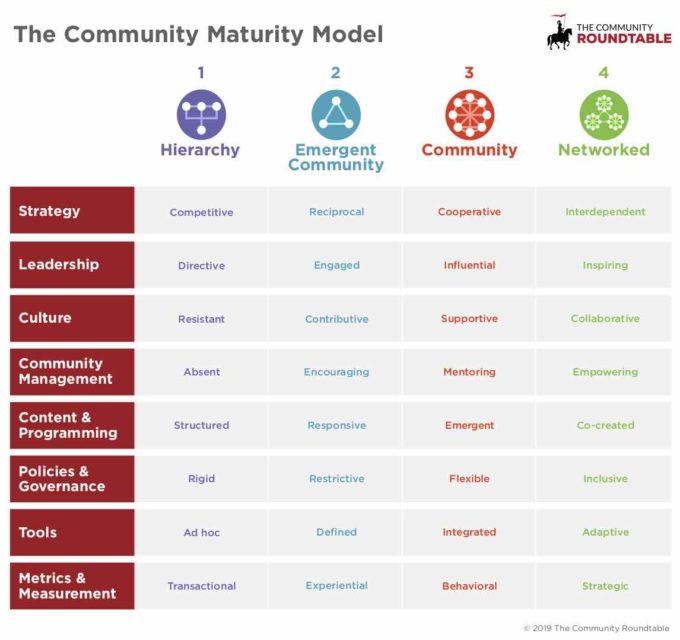Highlights include:
- Meshing “old school” journalism with new media channels
- How Gannett coordinates social media learnings and tactics among more than 100 separate entities.
- The importance of internal communications in keeping employees at all levels- and in all markets- engaged in using social media, including the use of “old school” methods like email
- Upcoming trends: you guessed it, location and mobile
- Melding “citizen journalism” with professional investigative journalism
MUSIC CREDIT: “Bleuacide” by graphiqsgroove.
About Conversations with Community Managers*
To better reflect the diverse conversations our podcast covers we’ve changed the name of our long-running series to Community Conversations.
Community Conversations highlights short conversations with some of the smartest minds in the online community and social business space, exploring what they’re working on, why they do what they do, and what advice they have for you.
These episodes are a great way to begin to understand the nuances of community strategy and management.
Each episode is short (usually less than 30 minutes) and focuses on one community management professional.
Podcast: Play in new window | Download


![Reblog this post [with Zemanta]](https://img.zemanta.com/reblog_e.png?x-id=fa7f79d3-a768-440c-a137-a2c48aee965d)



